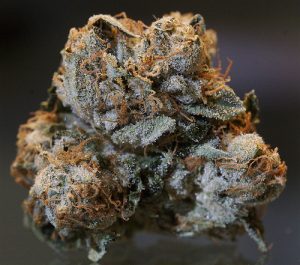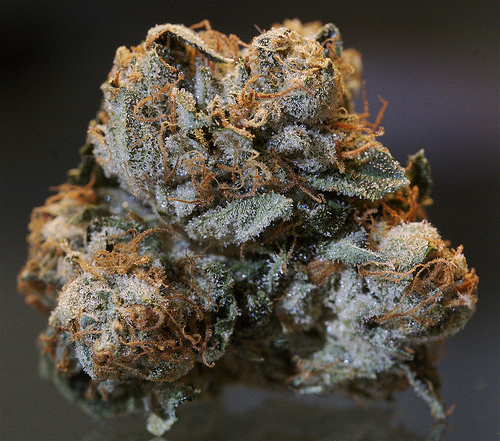Family Council Vows to Help Keep Communities Free From Marijuana
 FOR IMMEDIATE RELEASE
FOR IMMEDIATE RELEASE
Monday, September 18, 2017
LITTLE ROCK, AR – Monday marks the deadline for entities to apply with the state to grow or sell marijuana in Arkansas.
Family Council President Jerry Cox released a statement saying, “Family Council is committed to helping communities stay free of marijuana. Arkansas’ marijuana amendment gives citizens leeway when it comes to restricting marijuana farms and stores. We are working with attorneys and others to assist cities and counties who do not want marijuana businesses in their communities.”
Cox pointed out that many Arkansans do not support medical marijuana. “Nearly half the people who voted last year voted against marijuana. Many of those who voted to legalize marijuana still want marijuana properly regulated. They don’t want marijuana stores on Main Street, and they don’t want drug users wandering around parks and playgrounds. They want to protect their communities from the effects of marijuana, and we are here to help them do that.”
###



 Marijuana activists have worked relentlessly this summer to get Arkansas’ Attorney General to approve a ballot proposal legalizing recreational marijuana.
Marijuana activists have worked relentlessly this summer to get Arkansas’ Attorney General to approve a ballot proposal legalizing recreational marijuana.